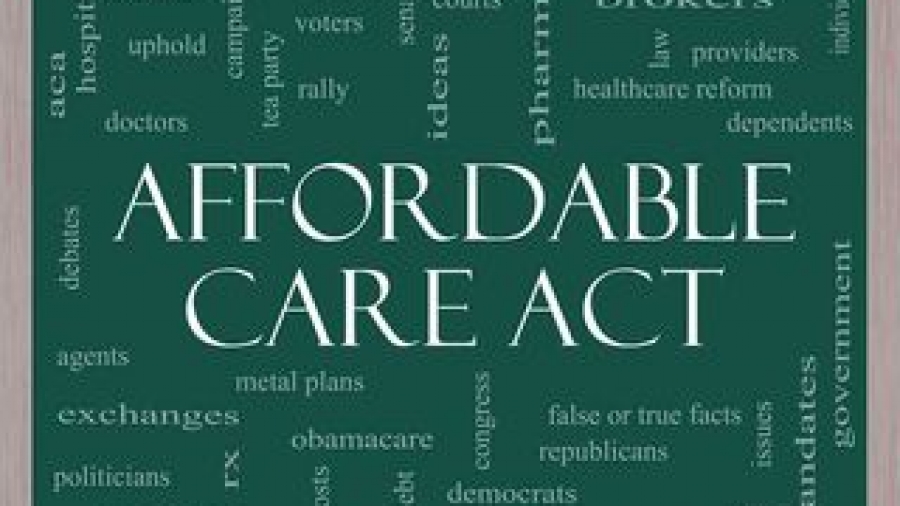This will be the sixth and final installment in our Medicaid planning series on MMMNA, or the minimum monthly maintenance needs allowance, which is the minimum income allowance for the community (or well) spouse in a Medicaid claim. If you didn't see the first five posts, click on the links to find numbers One, Two, Three, Four and Five.
 The one thing most people don’t understand when calculating MMMNA is determining the snap shot date, which is the date used to calculate the community spouse resource allowance (CSRA). On the snap shot date the Medicaid authorities will take a snap shot of all of the client’s assets, and that’s how they determine how many assets the applicant has to be divided by two.
The one thing most people don’t understand when calculating MMMNA is determining the snap shot date, which is the date used to calculate the community spouse resource allowance (CSRA). On the snap shot date the Medicaid authorities will take a snap shot of all of the client’s assets, and that’s how they determine how many assets the applicant has to be divided by two.
Medicaid law says the snap shot date is the first day of the month that the Medicaid applicant is admitted to a healthcare facility for at least 30 continuous days. So what happens if the applicant is not admitted for 30 continuous days? That breaks the required continuity and you won’t have a snap shot date. What if the applicant went in on the 15th of the month? If that was the first of 30 continuous days, the first day of that month would be the date that you calculate the CSRA. Not the 15th of the month, but if the client went in on April 15 and stayed at least 30 days, then we have our continuous stay on the 15th of April and the first day of that month would be April 1. That would be the date to use our community spouse resource allowance.
A couple of details are important in this calculation. For one, hospital and nursing home stays are considered continuous institutionalization. And that’s what we’d typically call this: the first day of continuous institutionalization, and hospitals and nursing homes piggyback. So, for example, if I have a client that goes into the hospital on November 15, and then goes into a nursing home on December 3, and then into your office on January 3, what’s the snap shot date?
The first question to ask yourself is, have there been 30 days of continuous institutionalization? Your answer is yes. The client went from the hospital to the nursing home, and those two piggyback, so there have been 30 days. The next question is, when did the continuous institutionalization begin? It began on November 15, so the snap shot date is November 1, the first day of the month of continuous institutionalization.
Let's consider a different example. The client went into the hospital on November 15 but was discharged on December 3 because there were no nursing home beds available. Then the client goes into a nursing home on December 5 and comes into your office on January 3. Well, we know that that interruption is OK because, under the Medicare rules, as long as you get admitted to a nursing home within 30 days of your discharge then Medicare will pay the first 20 days of your stay in a nursing home. Medicare will pay the first 20 days of nursing home care as long as you’re admitted to a nursing home within 30 days of being discharged from the hospital and you were in the hospital for at least three days.
But we’re not talking about Medicare – this is Medicaid. We're working on what the snap shot date would be. So the question is, have 30 continuous days occurred? The client went into the hospital on the November 15 and stayed until December 3, which is not 30 days. There was another stay from December 5 to January 3, so there is no continuous institutionalization yet. Assuming that the client stays in for another two days, then you will have had 30 days of continuous institutionalization. And since the first day of the continuous institutionalization was December 5, then the snap shot date will be December 1, and they will take a snap shot of all of the assets of the husband and wife on that date. That's all there is to calculating the snap shot date.
Now that I told you how the law works, be aware that most states do not do it that way. Instead, most states will use the date you apply, which is an advantage to you. You can control the date you apply, but you cannot control the date someone is institutionalized. So again, even though the federal law spells out the rule above to determine the snap shot date, only some states follow that rule. The rest will use the date you’re in the facility and apply for Medicaid.
So that’s how we deal with the snap shot date. And again, the significance of that date is that it is the date they take a snap shot of all assets to determine how many assets the husband has, how many assets the wife has and how much can be exempted under the CSRA.
If your interested in learning more about MMMNA, consider joining us for our Asset Protection, Medicaid Planning & VA Practice With Purpose program June 9-11th in Chicago. Click here to register or learn more.
David J. Zumpano, Esq, CPA, Co-founder Lawyers With Purpose, Founder and Senior Partner of Estate Planning Law Center












